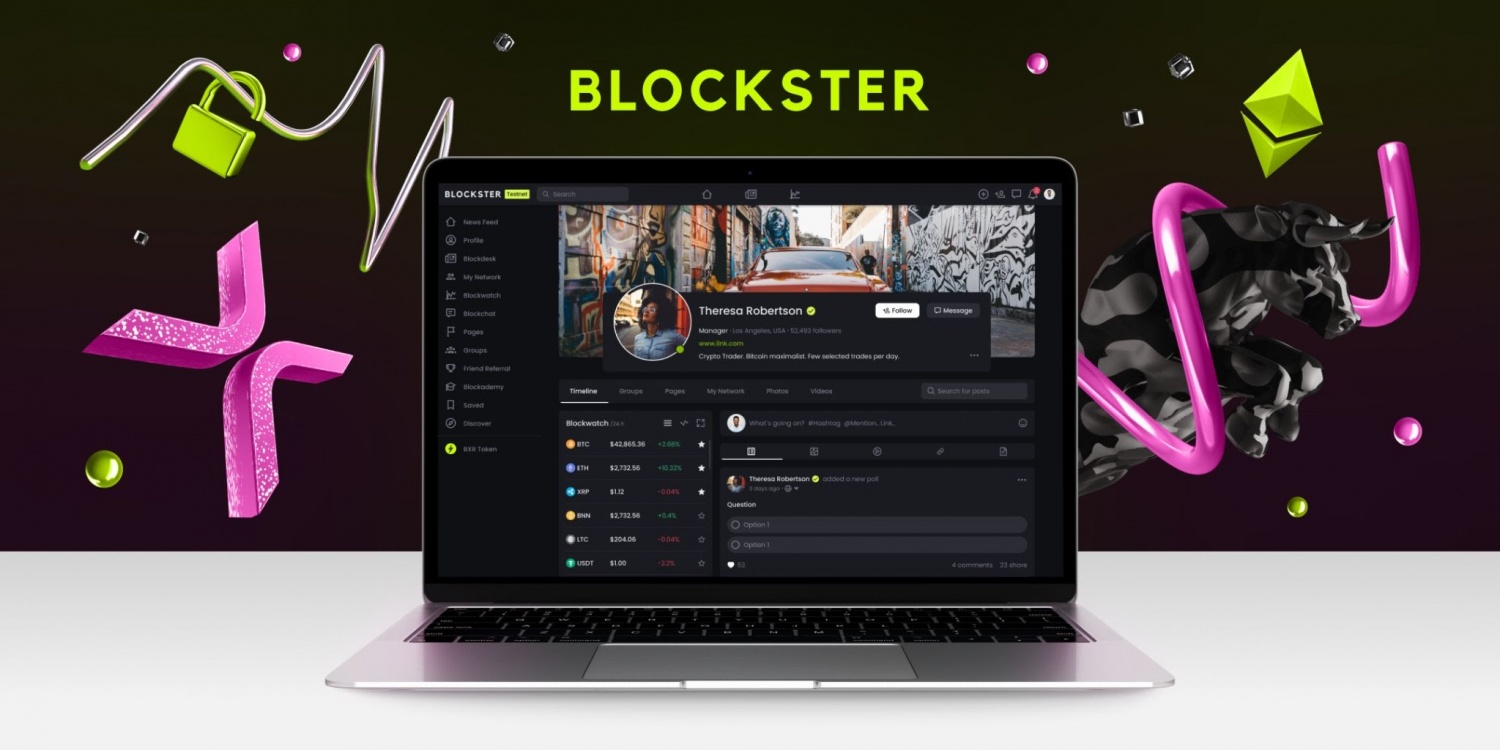
Social media platforms have evolved from being photo-sharing apps to revolutionizing communication and erasing borders. Today, to say they're a part and parcel of people's lives would be an understatement. Social media thrives off of the human impulses to communicate, which is also fueled by the advances in technology. From connecting and communicating to sharing ideas and establishing brands, many users have built their careers through social media.
The Beginning
Although Myspace and Facebook hyped social media, the foundations for the platforms existed much earlier. In fact, it dates back to 1997 with a platform called Six Degrees, that allowed users to create profiles and communicate over the internet. Six Degrees had a good run till 2000, when other social networks started taking over. Then in 2002, came a platform that aimed at connecting like-minded professionals over the internet where they could network and share ideas, this platform is now known as LinkedIn.
The internet then boomed around the world, and by 2004, over 700 million users had access to the internet. This is exactly when the infamous Facebook launched and became an instant worldwide phenomenon. The platform popularized online chatting, photo-sharing, and provided a simple way of keeping up with peers, even if they're miles away. In 2021, it remained on top with over 2.85 billion monthly active users. Facebook was closely followed by Twitter in 2006, when it was only an SMS-based communication platform. Then the launch of Instagram in 2010, Snapchat in 2011, and Tinder in 2012 turned the social network space into a thriving ecosystem.
Today, users on these platforms have the freedom to create, share content, network, and interact on these platforms, while making a full-time income. Businesses are thriving with the facilitation of paid ads on these platforms and users have even made careers through their social media platforms.
The Rise of the All-In-Ones
Currently, there is a platform for everything, but all of these platforms are separate. Users have to go to different platforms to connect with their professional network, their social circle, streaming videos, and more. What the social networking space is missing today is a platform that does it all. The platform Blockster, is a good example of the future of social networking. Blockster is a social networking platform for the crypto space that packs the signature functionalities of the major platforms into one. It aims to bridge the communication gap which is prevalent in the crypto space and facilitates a consistent flow of information within the ecosystem.
Blockster allows community members to create content, share information, discuss different projects, and collaborate on ideas, all on a single platform. It also allows crypto projects to directly advertise on the platform, something that Google and Facebook banned in 2017. One of the major benefits is that the platform is powered by their native token, BXR, which will bring in additional functionalities to the platform, like creators receiving monetary benefits directly from their audience in the form of tips.
It also places the Blockster network in a unique and extraordinary position where it can capitalize on the ever-growing user base and achieve the network effect, a phenomenon where the value of a product, service, or in this case a network increases proportionally with the number of users.
With Blockster, as more people join the network, the demand for the BXR token will increase, as the sole means of payment within the network. With advertisers, stakers, and users lining up for this token, the value of BXR will increase exponentially, ultimately leading to the growth in the value of the network. The rise of platforms like Blockster, will lead to the social landscape creating a seamless experience for users.
* This is a contributed article and this content does not necessarily represent the views of techtimes.com








